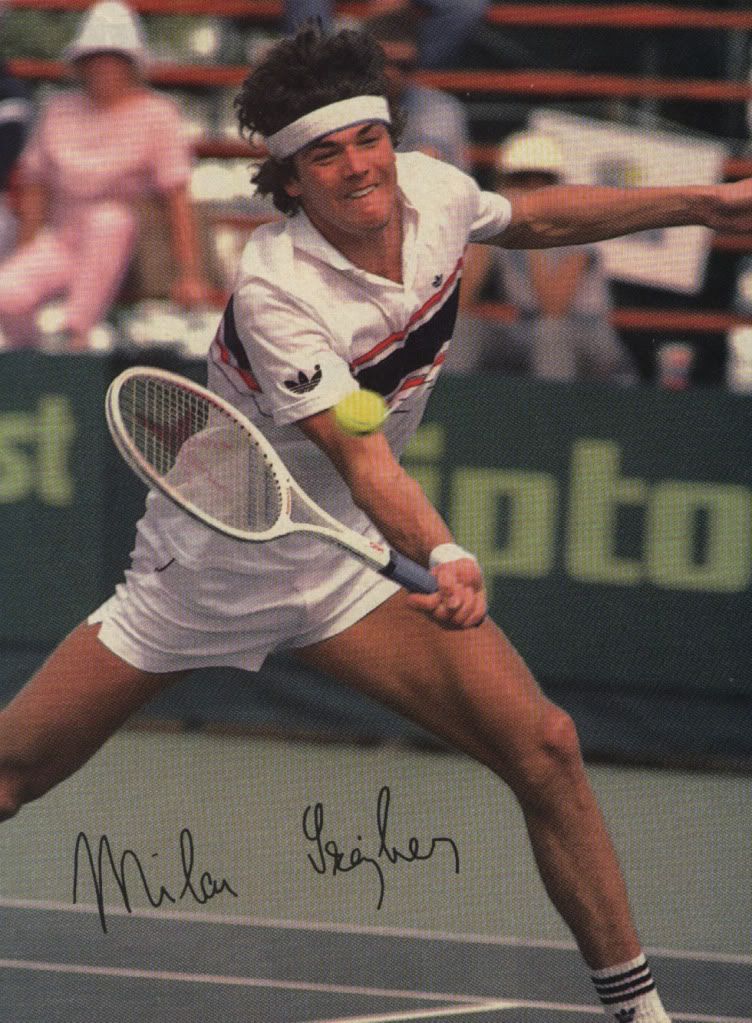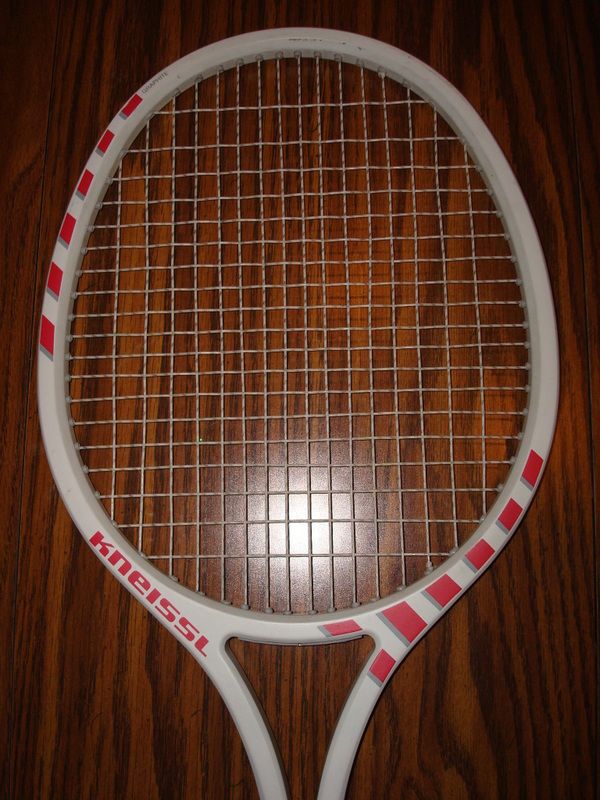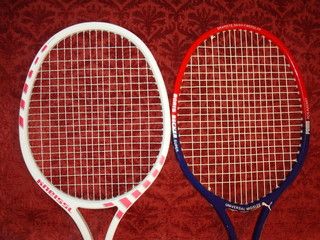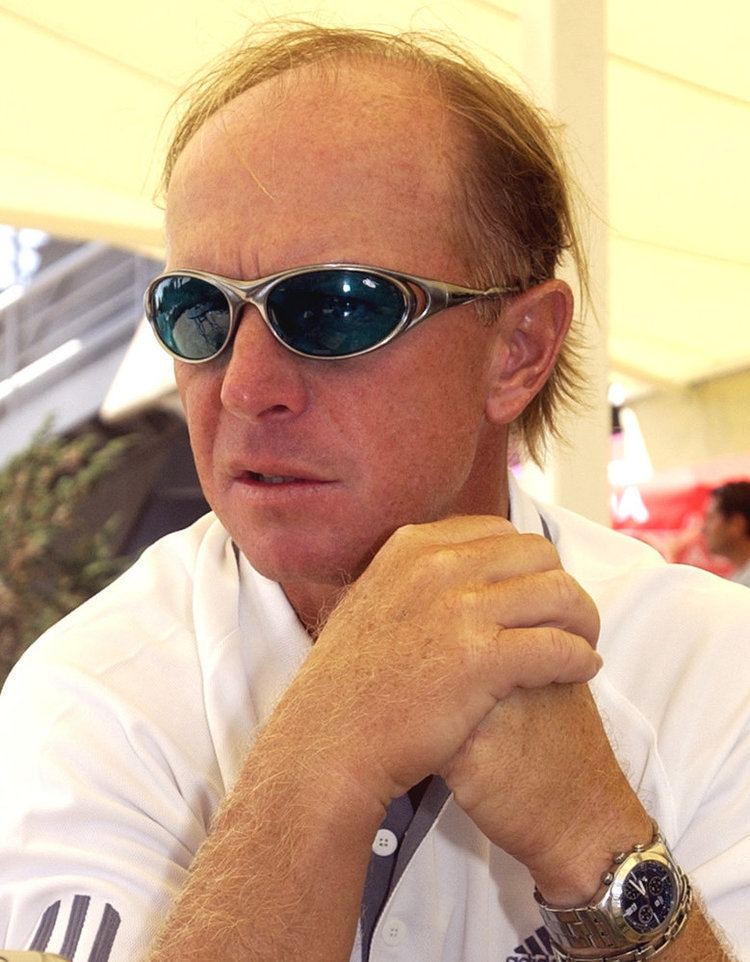All right I finally got out on the court with this beautiful frame and after all the ooohs, aaahs and questions about this curious racquet from my buddies I got to have a hit with it. My first impression was that it plays lighter than I would expect at 12.4 oz.,as a result its pretty quick at the net due to the HL balance. It has a fairly generous sweet spot which seems to be centered low on the face... I suspect this is the result of the egg shaped hoop.
I didn't like it quite as much while hitting from the back court however, it doesn't have the same stability or plow through that I get with my Head Graphite Pro or Rossi F200 and it certainly can't match the pop I can get on serves and groundies that I get with the other two, especially the Head GP. I do have to say though that it has serious spin potential, the 16x19 pattern and 92in. make this a wicked spin machine.
To recap my assessment of this racquet is as follows,
Nice to volley with, HL quickness, generous sweet spot.
A little weak on serves and groundies.
Big time spin potential.
All that said though I am extremely pleased to have this beauty added to my collection. To me the composite classics of the 80's are the most desirable due to their unique and aesthetically pleasing designs while being just as playable as current racquets.








